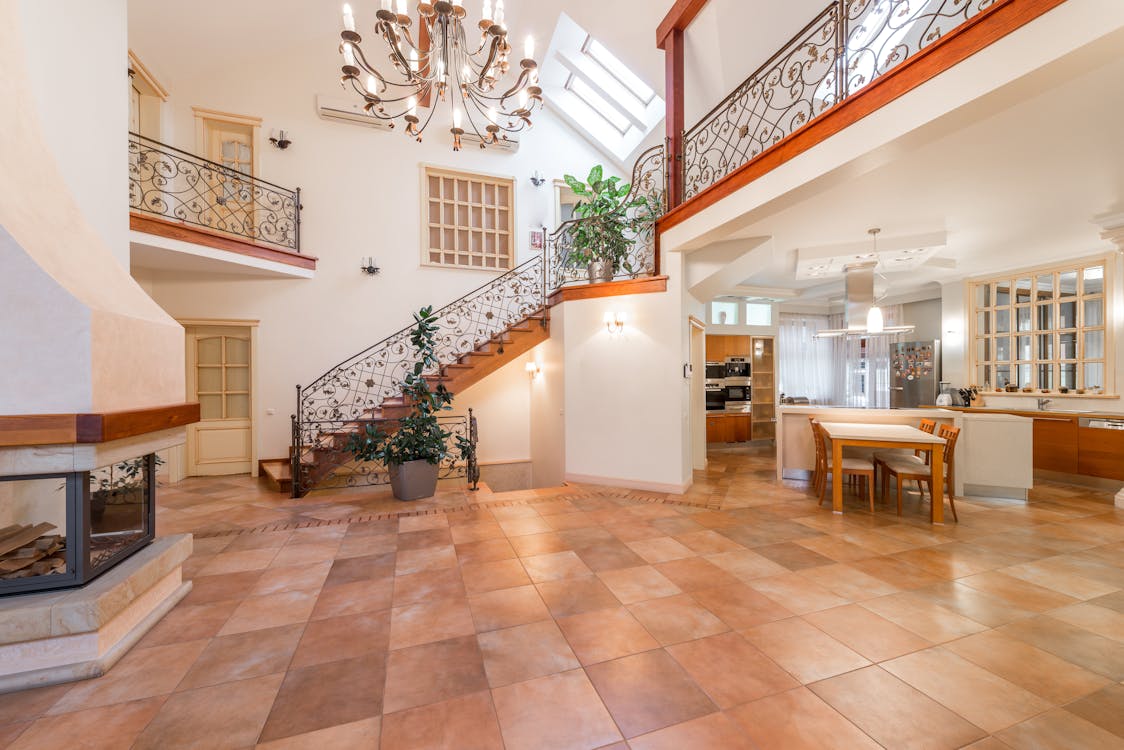Teak wood has long been prized for its strength, beauty, and longevity, making it one of the most desirable woods in the world. This particular wood is native to southern Asia and is widely grown on plantations throughout the tropical regions of Latin America, Asia, and Africa. Its rich golden-brown color and durability in terms of weather and insects have made it a popular choice for luxury furniture, carpeting, and even boats. The teak wood dealers in India take great care of the woods to ensure that the people can the desired quality.
It is known to be a good option for luxurious wooden pieces. However, because of its high demand, it comes at a steep price. It is expensive because of its distinctive features, slow growth cycle, and the heavy effort to manage and harvest it sustainably. Further, the blog will cover some factors that show why teak wood is so expensive.
Sustainable Harvesting and Laws:
Sustainable harvesting is one of the major factors in the pricing of teak wood planks. As a result of the previous overharvesting of natural teak forests, governments have put in place tight laws to conserve the remaining natural resources. Natural teak wood is highly in demand, and to ensure that there is no unnecessary harvesting, they are protected by the laws.
Sustainable harvesting procedures, such as FSC certification, ensure that teak is sustainably supplied. Usually, wood with certification can cost a lot to the buyers, but it assures really good quality. However, these efforts come at a cost. Maintaining sustainability in the face of rising worldwide demand raises the cost of teak wood.
Labor-Intensive Processing
The process of harvesting and preparing teak wood is labor-intensive, which raises the overall cost. As a lot of labor is required for its harvesting, it adds up to the overall cost of the teak wood. Teak is a dense hardwood, so milling and shaping it takes specialized tools and skilled labor. It is not easy to handle the overall harvesting of the teak wood, and this is why it is expensive.
Teak must also be carefully seasoned and kiln-dried to maintain structural integrity and avoid cracks. This careful process not only consumes time but also raises the cost due to the level of expertise required.
Exceptional Durability
Teak wood’s high cost is primarily due to its exceptional durability. Teak is inherently oily and resinous. This makes it highly resistant to dampness, termites, and decay.
Teak wood’s resistance allows it to last for decades, making it an excellent choice for marine applications. If you have a property that is open and will have a lot of outdoor furniture, then teak wood can be the best option.
Resistance:
This attribute is what has made teak so well-known and valued. It contains a high concentration of oil within its grain, making it extremely resistant to weathering such as rain and snow. They can be used in any type of weather condition as it is resistant to hard weather conditions.
As previously stated, teak is extremely resistant to a range of hazards. They are a perfect option for any property that is placed in extreme weather conditions. Not only does it repel water, but it also emits an odor that deters insects and termites. It is also highly resistant to acid stains and will not rot as rapidly or severely as other timbers.
Slow Growth and Limited Availability
Teak trees take 20 to 30 years to mature, which contributes to their scarcity. They are hardly found and take a lot of time to grow, which is an important reason for their expensive cost. While teak plantations exist, the majority of the world’s quality teak is sourced from wild forests, primarily in Southeast Asia. With the help of teak wood suppliers in India, you can get the best teak wood with the expected amount of supply.
It is native to Southeast Asia, specifically Myanmar, India, and Thailand. While there are plantations in other places of the world, the highest quality teak comes from these areas, particularly Myanmar, which contributes over 75% of the world’s teak. The scarcity of high-quality teak raises its price dramatically. Limited availability makes them exotic and at the same time expensive. Still, its expensive cost is justified by its high-quality features.
Timeless And Appealing Aesthetics
Teak is widely valued not just for its utilitarian properties but also for its magnificent aesthetic. It looks lavish and gives an exotic look to the place. The wood has a beautiful golden-brown color that darkens with age and a delicate grain pattern that enhances its visual appeal. Visual appeal is one of the major factors that make it stand out from the rest.
When exposed to the environment, it develops a beautiful silver patina, which many people regard as a distinguishing feature. This is why many people go for teak wood for the look it gives to the whole place. Teak’s ageless beauty, along with its endurance, makes it a popular material for people seeking elegance and long-lasting quality, justifying its high price.
High Demand Throughout Industries
The demand for teak wood in a variety of industries drives up its price. It is highly in demand because of its high-quality look and durability. From luxury yachts and outdoor furniture to high-end flooring and home interiors, teak’s reputation for beauty, durability, and little maintenance makes it a preferred material for those prepared to spend for quality.
People usually spend the amount on it because teak is rare and gives exotic to anything. Teak goods are frequently sold at premium rates as a symbol of status and luxury, adding to their market value. When you go for the best teak wood in India, you will find luxury items that can be perfect for your home.
Different Types of Teak Wood
By learning more about the different types of teak wood it will become easier for you to know more about it in detail and choose the most suitable teak wood for your house.
Burma Teak Wood:
Known for its outstanding longevity and deep golden-brown hue, Burma Teak wood is in high demand due to its fine grain and natural resistance to termites, water, and decay.
Natural teak wood:
Natural teak wood is known for its rich texture and naturally high oil content. It is extremely resistant to adverse weather conditions, making it an excellent choice for outdoor furniture and shipbuilding.
African Teak Wood:
Also known as Iroko, African Teak wood is a tough and rot-resistant hardwood. Though lighter in color than Burma Teak, it has similar durability and strength, making it suitable for both interior and outdoor applications.
Plantation Teak Wood:
Grown on sustainably managed plantations, this teak is distinguished by its straight grain and homogeneous texture. Plantation teak wood may have a slightly lower density than old-growth teak, but it still has outstanding durability and water resistance.
Nagpur Teak Wood:
Originating from central India, Nagpur Teak wood is prized for its toughness, excellent grain, and rich natural shine.
Bottom Line
Teak wood has been used for many different lavish wooden pieces and furniture. Even though it is expensive still it is preferred by many different people for its exclusivity. Teak wood’s high price is due to several variables, including its scarcity and lengthy growing time, as well as its outstanding durability, high demand, and the costs associated with sustainable harvesting and expert processing.


